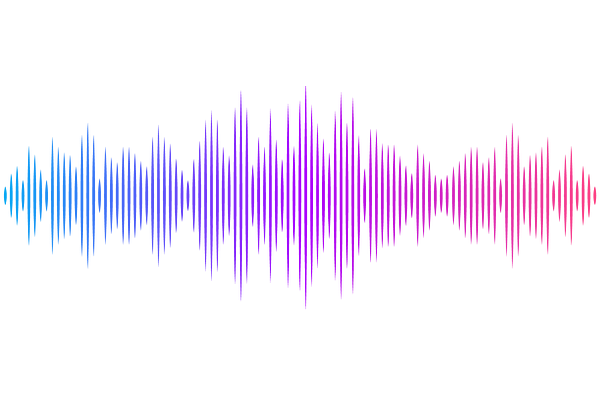Impact of Hole-ice Calibration on High Energy Event Reconstruction with the IceCube Upgrade

Impact of Hole-ice Calibration on High Energy Event Reconstruction with the IceCube Upgrade
Kaustav Dutta for the IceCube Collaboration, Tianlu Yuan for the IceCube Collaboration, Steve Sclafani for the IceCube Collaboration, Sarah Mancina for the IceCube Collaboration
AbstractThe IceCube Upgrade, currently under construction at the geographic South Pole, is the next development stage of the IceCube detector. It will consist of seven new columns of novel optical sensors and advanced calibration devices densely deployed at the centre of the existing array. The sensors are frozen into the ice in boreholes created by hot water drilling. The refreezing forms hole ice around modules with optical properties that differ from the surrounding glacial ice. A key objective of the IceCube Upgrade is to enhance our understanding of the optical properties of both bulk ice and refrozen hole ice. Precise ice modelling is crucial for the directional reconstruction of TeV-PeV neutrinos, as resolutions at such high energies can be strongly impacted by uncertainties in ice properties and optical sensor response. An improved directional reconstruction performance will translate to a boost in neutrino source sensitivities using IceCube data collected over the last 12 years. In this contribution, we present the expected improvements in reconstruction performance resulting from advances in hole-ice modelling and the resulting impact on IceCube's sensitivity to astrophysical neutrino sources across three distinct event samples.